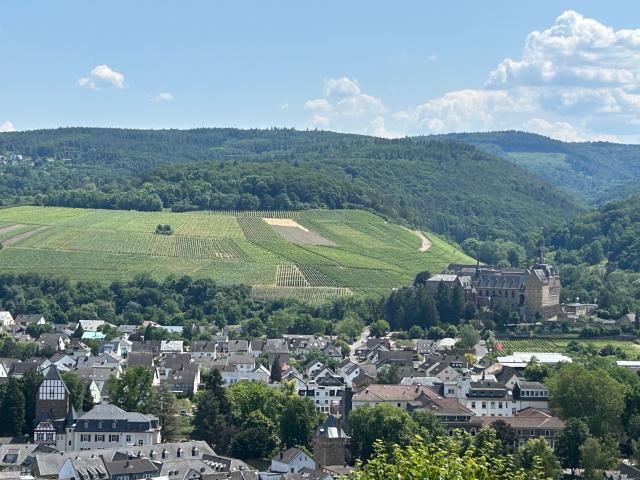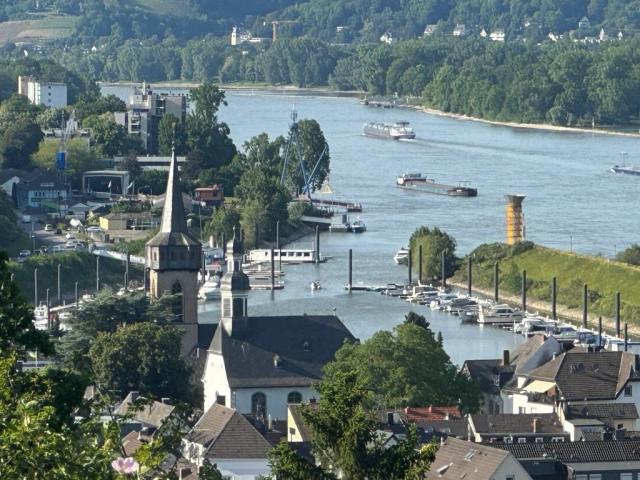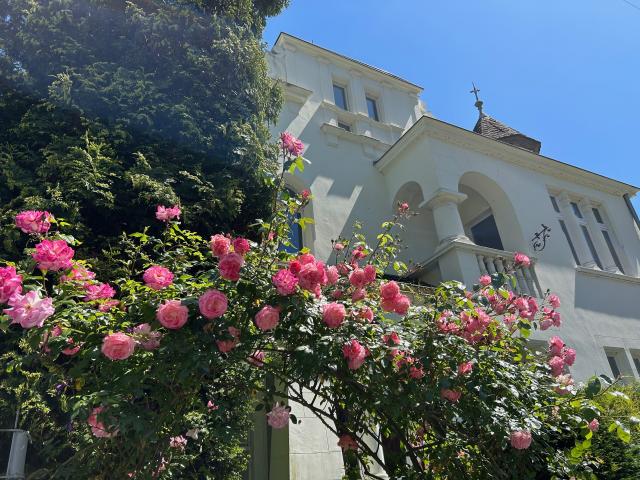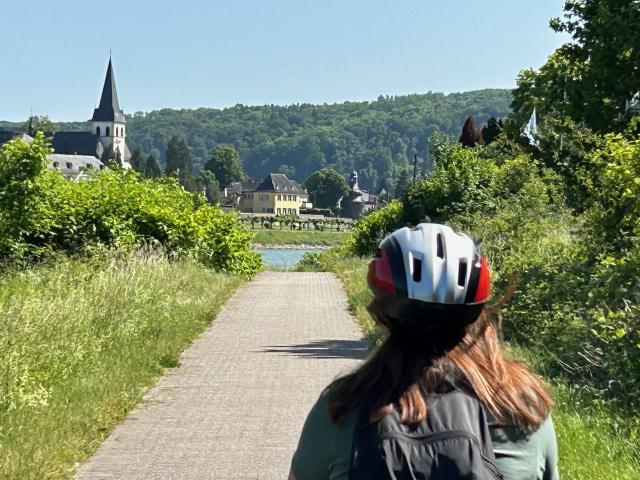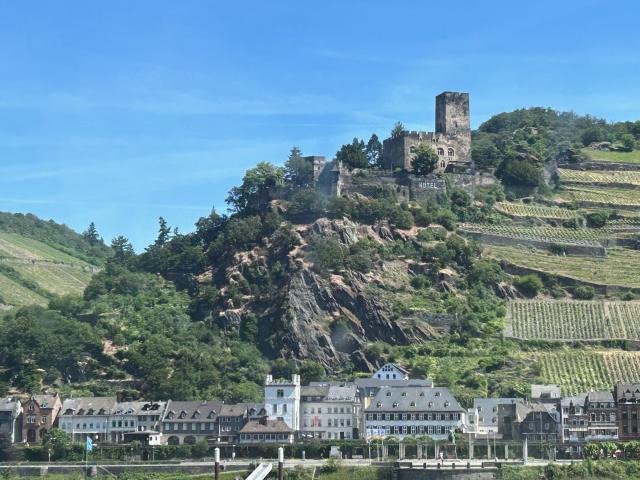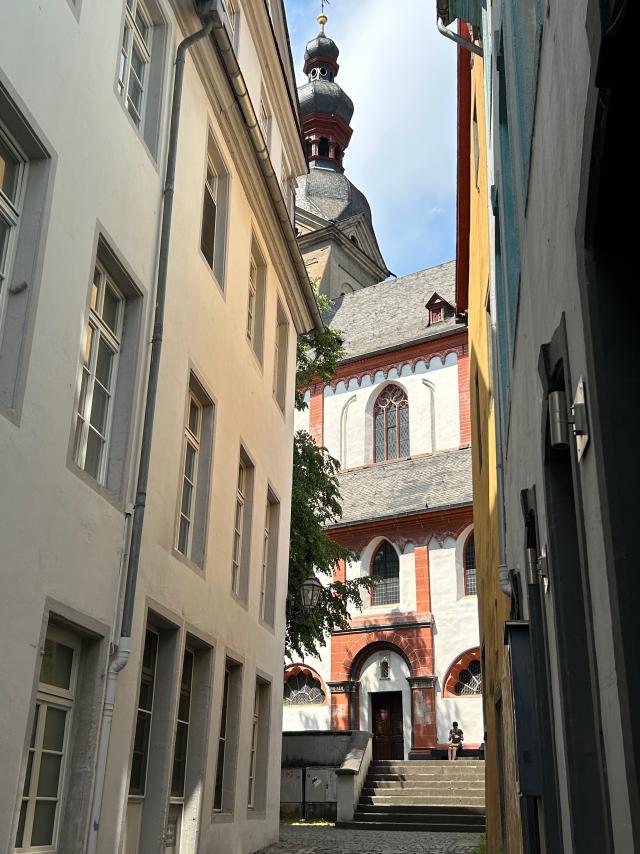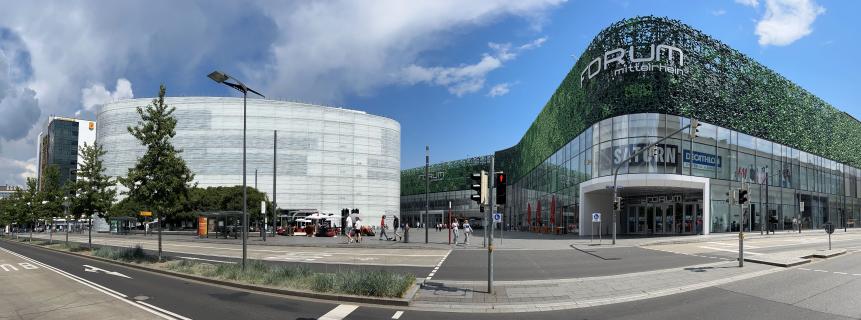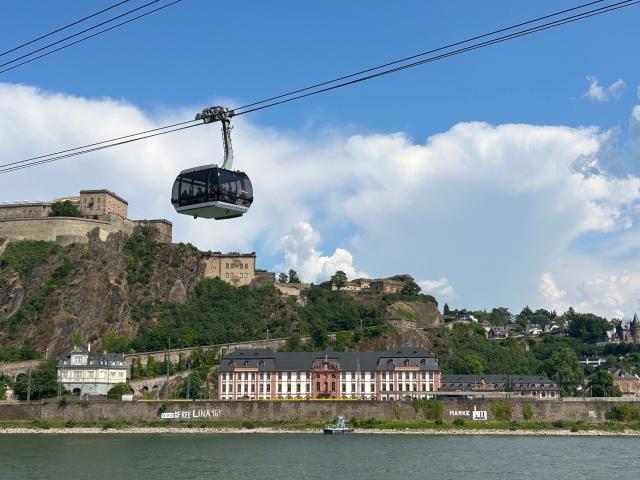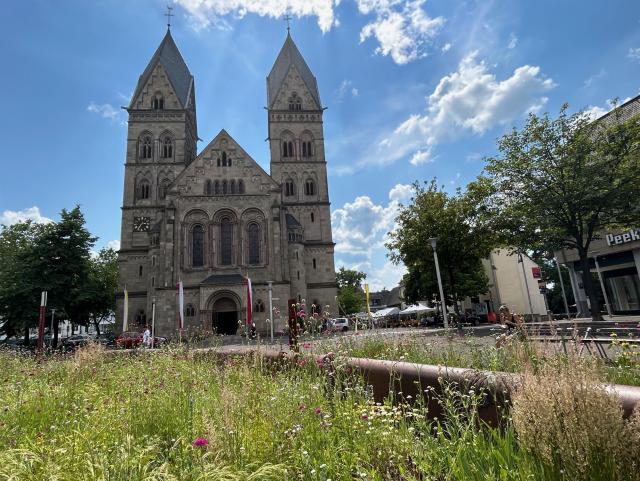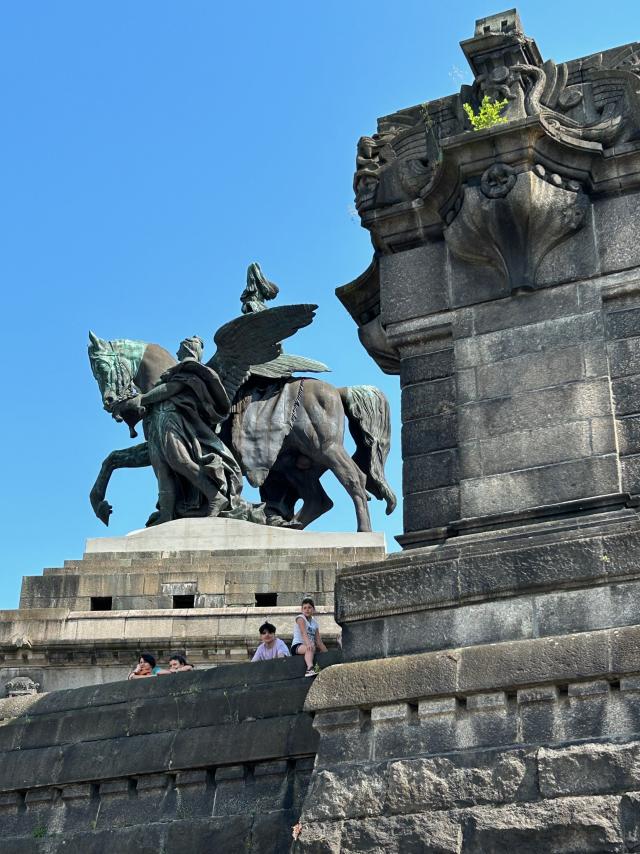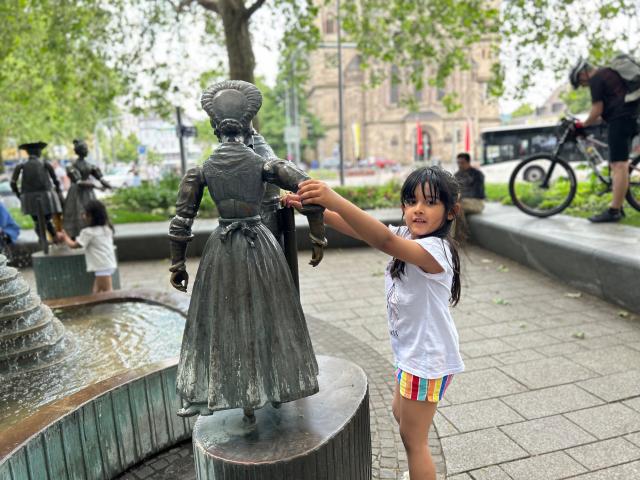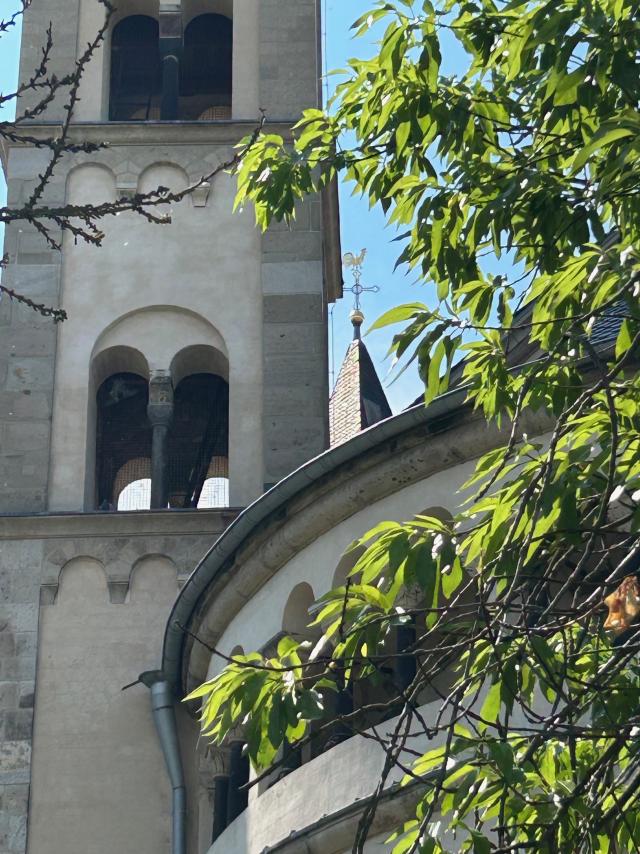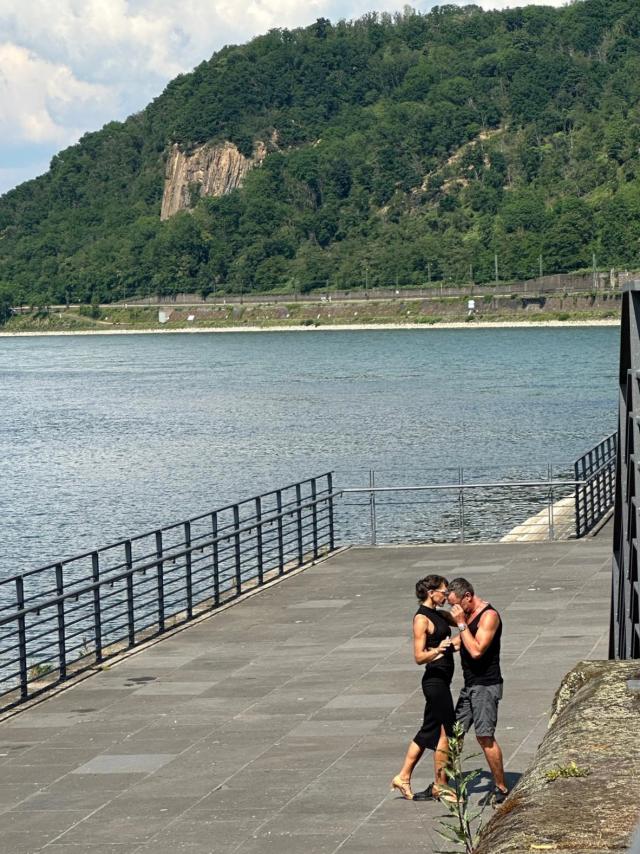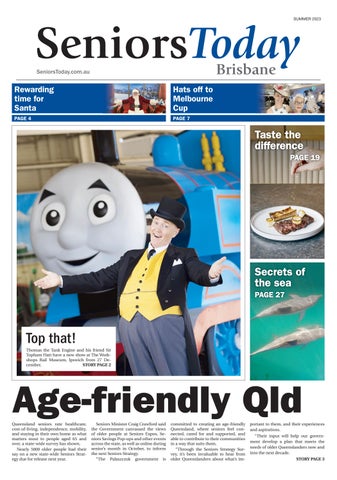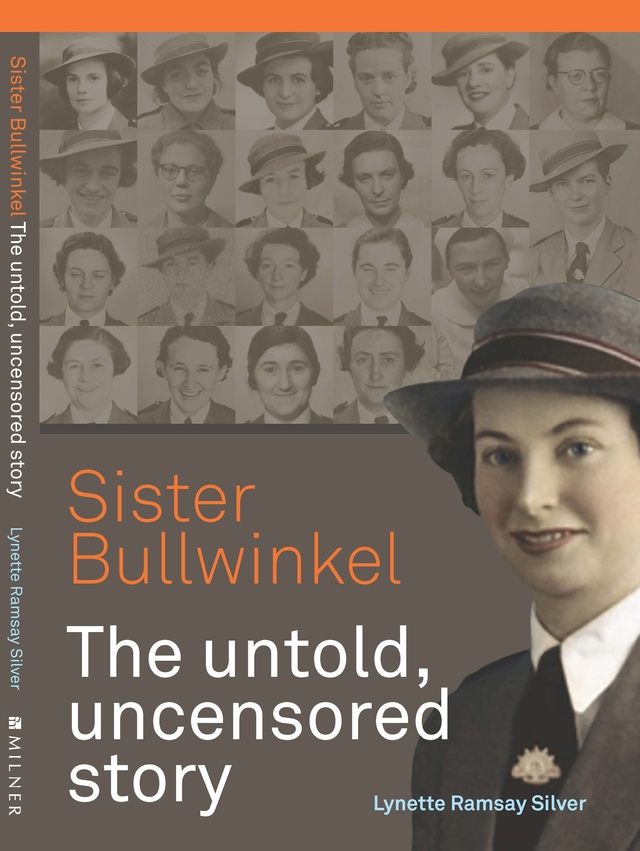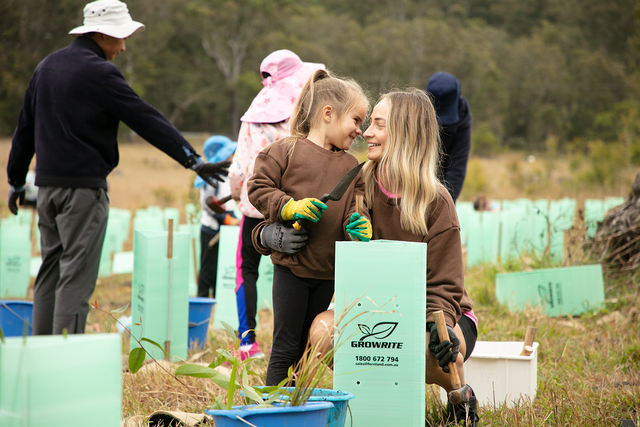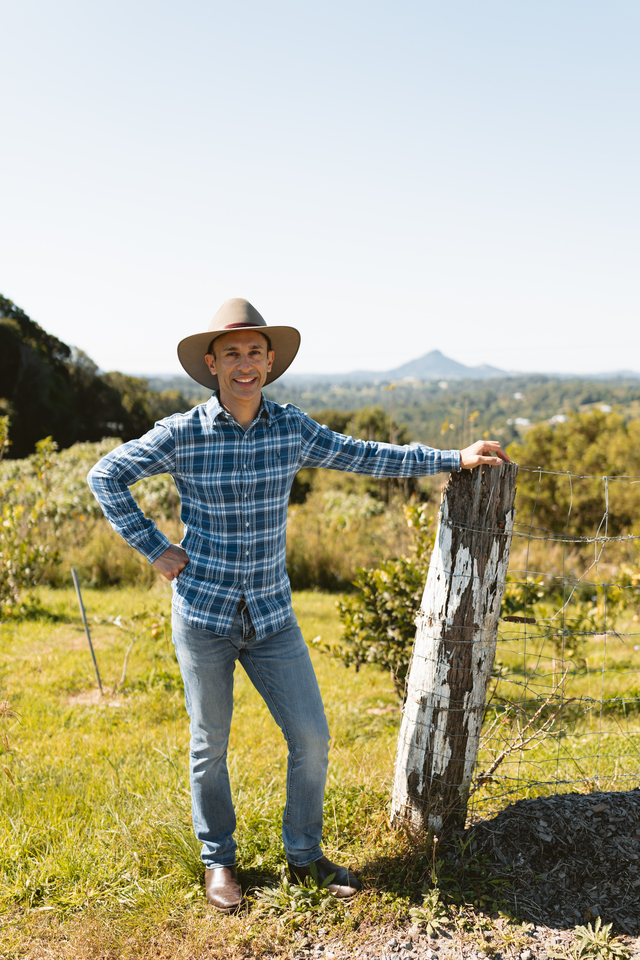It’s essential as a journalist to ask questions.
So, when someone says to you: “I’m going to Germany” the question you need to ask yourself is: “Well, why aren’t I going to Germany as well?”
The answer will always be: “There is no good reason for you not to go to Germany, just do it.”
This goes back half a lifetime when, for no reason, a mate asked: “Do you want to go to London?”
Normally I’m quite conservative in my answers and have to weigh them up but I simply said: “Why not.”
So when the opportunity came up to travel back to Europe again this year I thought exactly the same.
Why not? It makes perfect sense, even though it doesn’t.
There were so many other things going on but, let’s face it, when the location was explained to me I knew I had to go.
It was where we drove in the ’70s on our way from London to Munich … four Australian boys in a van.
We were driving along an autobahn from Bonn to Stuttgart in South West Germany, when this motorcade whizzed passed us. It was the German Chancellor at the time, Willy Brandt.
Germany was a divided country back then and Bonn was the capital of West Germany.
A wall divided the city of Berlin as well as the border fence, which formed part of the Iron Curtain that separated East and West during the Cold War.
Fast forward to the German spring of 2023 and this was where we would be spending three weeks, on the Rhine River between Koblenz and Bonn.
There was no way I could say no.
The flight to Frankfurt reminded us of how flexible you need to be these days with travel.
A delay at Brisbane Airport due to technical issues saw Emirates book us into a hotel for the night so we could fly out the next morning.
That meant we missed the connecting flight in Dubai, so another 12-hour delay and another hotel.
The airline is to be commended for the way they responded in a difficult situation. Disruption teams were at the airports to assist where possible.
In the end we were a day late in Frankfurt for the train journey to where we would be staying. Tired but still up for adventure.
It was as if we were backpacking again. Back then we would spend hours waiting for a ferry, a bus or a train.
This time it was a matter of determining the right train to catch. There were quite a few options.
While the local population often deride the DB … Deutsche Bahn railway system … due to late or cancelled trains, we were impressed.
There was basically a train every five minutes from Frankfurt Airport. And the automatic ticket machines were extremely reliable.
Tip One: Separate your cash into a wallet and money belt, and the same with credit or travel cards. You can easily leave something on a ticket counter, especially after a long flight. Don’t do it “when we get there” … do it when you think of it. Thank goodness for the extra pockets in cargo pants.
Tip Two: Don’t be afraid to ask. Entschuldigung … is a great word in Germany. Excuse me.
Then explain you don’t speak German, that you are Australian. We found the response was always positive.
Tip Three: Don’t enter Germany with preconceived ideas or stereotypes of the people.
Like anywhere, they value their privacy. Yet we found them to be warm, friendly and embracing.
Particularly in the face of the upheaval around the world in the past 10 years or so that has created a wave of refugees wanting to get to Europe.
Germany has done a lot of heavy lifting in this resettlement of people and have done it admirably.
Now, back to the train journey to the historic town of Oberwinter. It was like gliding through a picture book – fields of barley, Roman walls around towns, church spires reaching skyward and then there are the forts and castles … they are on just about every bend of the river, every hill.
The cost for about a 130km journey is 30-something euro each, that is when two people travel on a double ticket which is virtually the same price as a single.
Take out travel insurance if you pre-book a ticket as anything can happen to upset your timetable.
Better still, once in Germany you can arrange a Deutschlandticket … e49 for a month’s travel on regional trains, light rail, buses and ferries.
The ticket is valid from the first day of each month but must be cancelled for the following month by Day 10.
It is invaluable if you are staying for a number of weeks, especially when you can put a bicycle aboard when the going gets tough.
Many train operators allow bikes on board but for some you need to reserve a space before you travel.
Check the type of bike as well. There was a train replacement bus that didn’t allow electric bikes.
That brings us to other ways of discovering Germany. There is always the cruise down the river, which rises in Switzerland and flows down through the Netherlands to the North Sea.
Yet cycling, walking or hiking are other ways was to see the Rhine, as well as by train.
Locals as well as visitors make great use of the wide, mostly level bikeways that follow the river.
Whether on day rides or for a week, you see them with their sleeping bags and tents, their paniers loaded up.
Electric bikes are popular but most still favour the regular mountain bike or sturdy German models.
The one I was riding had been manufactured in the next town along the Rhine to Oberwinter – Remagen.
Whereas my original German adventure was spent mostly on the autobahn, at service centres and camped along the side of the road, this time we chose the one village and intended to get to immerse ourselves in German life.
I sent a photo to my daughter from Oberwinter with the numbers 1543 above the doorway of a two-storey house. No, that’s not the street address, it’s the year it was built.
And so it goes. The Romans were here 2000 years ago.
Records show Oberwinter was occupied by 886AD. However, people lived and settled in the area long before this point in time.
Archeological finds can be assigned to the Neolithic period from about 3000BC to 9000BC.
Throughout Germany there are remnants of walls, gates, baths, basilicas and villas. Then there are palaces, temples, bridges and ampitheatres that could seat 20,000.
The first domestication of a wild dog is thought to have been near Bonn. It was carefully placed alongside humans 14,200 years ago.
The middle Rhine villages between Bonn and Koblenz have endured so much through history.
World War Two saw the people caught between two opposing forces.
It was no better illustrated than at Remagen where the railway bridge crossed the Rhine.
The Allies were advancing and the Nazis were trying to stop them.
It became the last bridge across the Rhine to fall.
To typify the torment of war, the American marine who led his troops across the river at Remagen came from German heritage: Company commander, 1st Lt. Karl H. Timmerman. His actions at the time saw him honoured by both armies.
There is a Peace Museum in the bridge pylons on the western side of the Rhine, dedicated to not just this part of history but through many theatres of war and the devastation it brings.
This Middle Rhine region is full of surprises and none more so than the city of Koblenz. It is about 40km south of Remagen – a short train journey or level bike ride.
It was a meaningful journey, exploring the site where two rivers meet – the Rhine and the Moselle – and where many battles have been undertaken to seize control of what has long been known as the corner of Germany.
While the tourist section and Koblenz was very well designed to cope with large crowds interested in the city’s history, what was really outstanding was the architecture on display with the centuries-old buildings alongside the powerful new ones.
This was contrasted with beautiful parks covered over with natural canopies of age-old trees.
It was quite serene, special and calming, even though you were in one of the major cities of Germany.
The old town was an intriguing mix of buildings that had been rebuilt, together with those constructed amid Roman and Medieval foundations. The wide pedestrian-friendly streets formed a framework to link the interesting laneways and alleys.
One unexpected moment was the couple dancing the tango on the banks of the Moselle River with a dramatic backdrop of cliffs and the strategic Fortress Koblenz and Ehrenbreitstein.
Their dance was very intimate, and not expected … it was such a contrasting scene to the fort that was built between 1815 and 1834 to secure the then strategically important junction of the two rivers.
Linking the city’s riverbank parklands and the fort was a modern cable car, which we might not have had intentions to travel on but soon realised it’s a fantastic way to get an aerial view of the rivers, the castles, mansions, and the palace.
The numbers of people enjoying the riverside walkways and parklands was remarkable … and in the background were contrasting signposts through history.
The dominant figure of a medieval king on horseback held the prominent place at the point jutting out into the convergence of the two rivers, then parts of the wall that more recently divided Germany into east and west were positioned in the park.
The fall of the wall was something I did not expect in my lifetime, and here I was … standing in front of some of the sections.
Initially in two minds about the cable car adventure, the ticket seller offered both student and seniors discounts so the journey was e15 with an extra e4 for admission to the fort that has seen many, many battles.
That brings us to the Ahr Valley, a major wine-producing area in Germany that is both easily accessible and extremely enjoyable.
The Ahr River joins the Rhine just to the south of Remagen and there is a regular train to Walporzheim, at the head of the valley, as well as a bus service. Yet it is also an attractive journey for avid bike riders.
Vineyards and orchards cover the steep sides of the valley. At the heart is the village of Ahrweiler with its exquisite central marketplace.
This is the northern-most wine region of Germany, known for its red wines.
Wine-growing and trading have been going on in Ahrweiler for more than 1000 years.
It’s always been a welcoming area. Unfortunately, two years ago, there was a one-in-500-years flood and the town was severely affected. Markers above doorways on some buildings indicate the height of the floodwaters.
Now, Ahrweiler and its citizens have done a superb job rebuilding their beautiful town. Indeed, some of the most picturesque cafes, restaurants and wine gardens are here.
There are walks through the vineyards to more restaurants and wine cellars.
The Ahr Valley was conquered by the Romans under Julius Caesar.
Here, there is an impressive archaeological site containing a Roman house and inn discovered in 1980 during roadworks.
After 10 years of restoration, it is now displayed under cover and provides a fascinating insight into life in the 1st century AD – including under-floor heating, tiled floors and walls, running water, toilets and baths.
In the following century a fortress was built at the mouth of the Ahr into the Rhine. It was called Rigomagus, which is today’s Remagen.
As for our adventures in Bonn and the birthplace of Beethoven, that will need a chapter of its own. A fascinating city.

